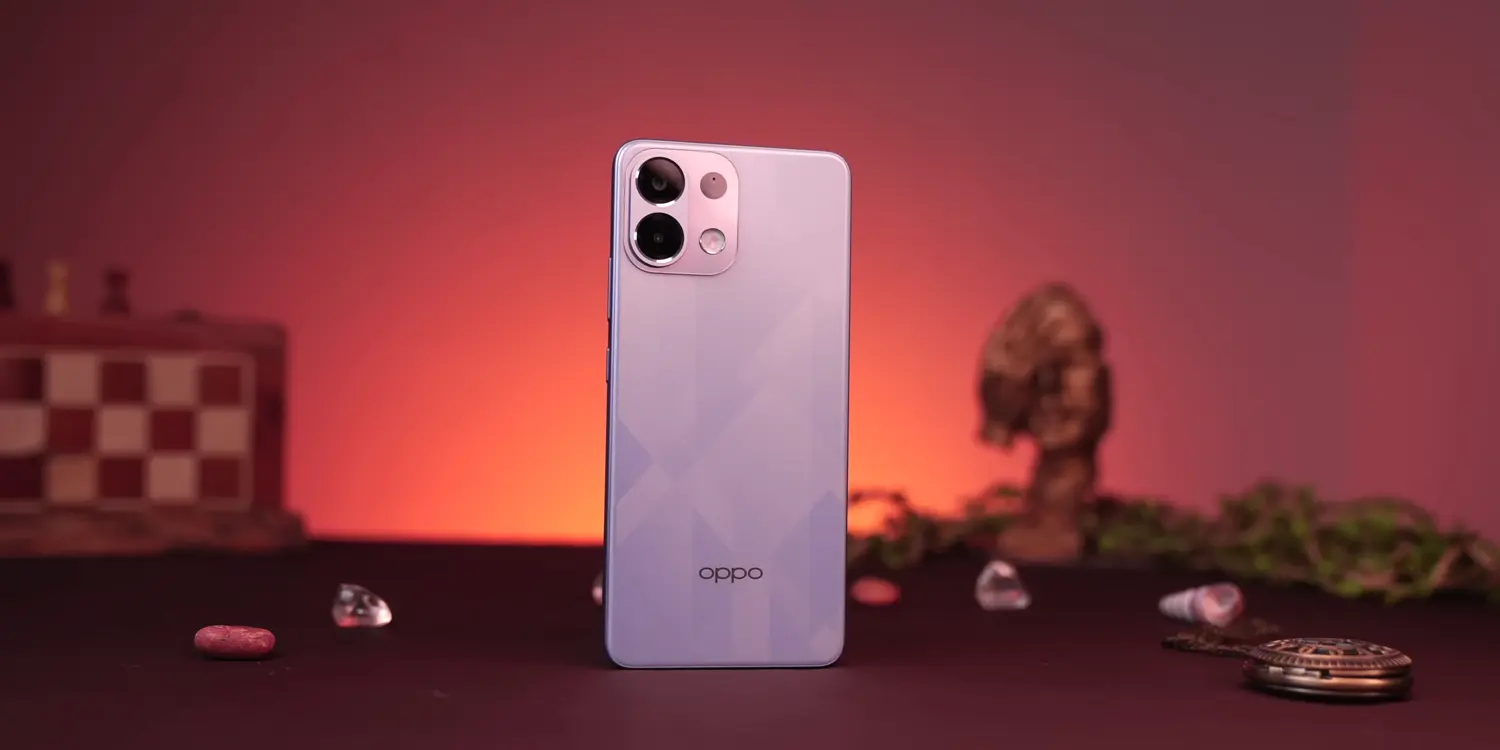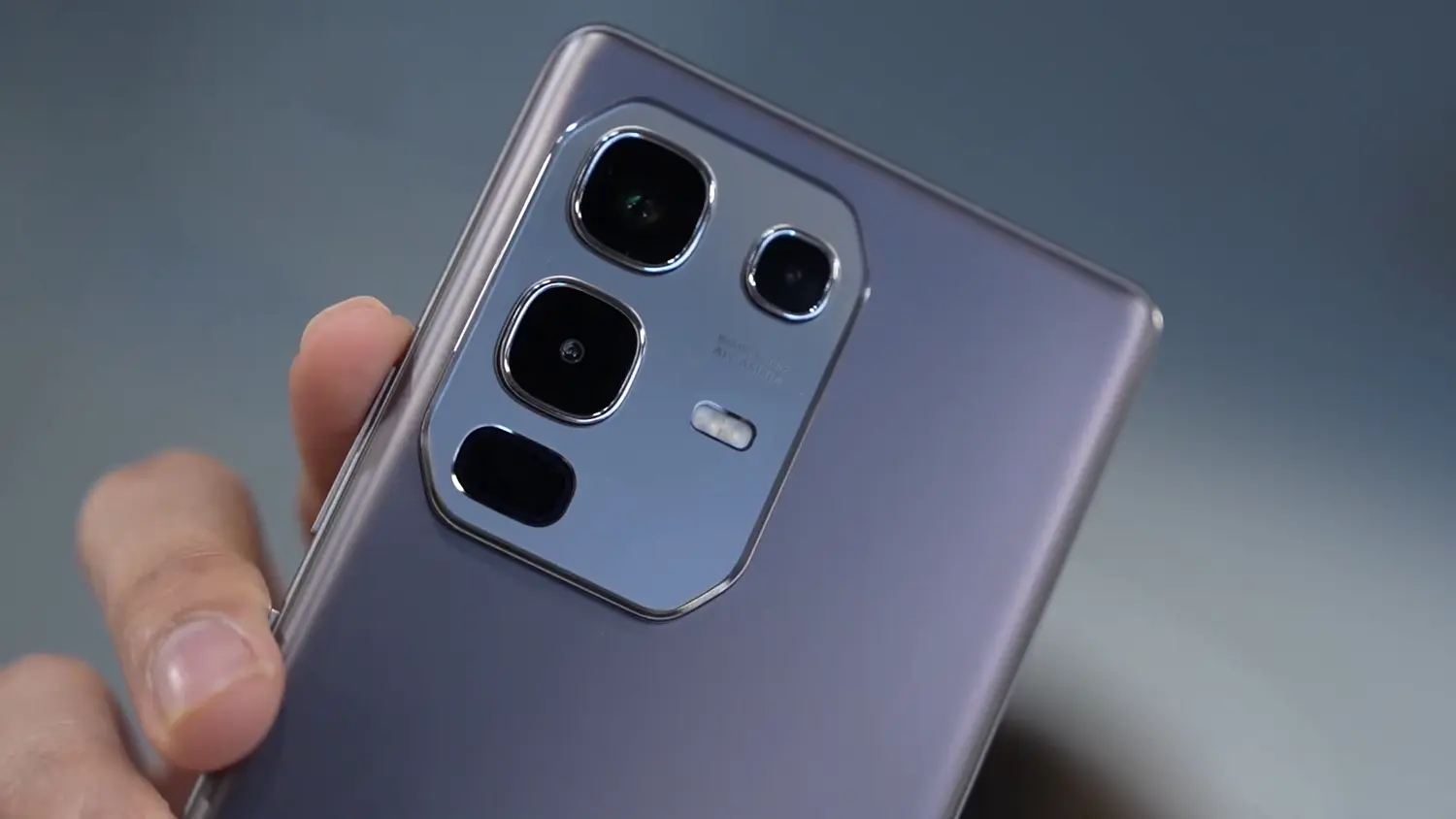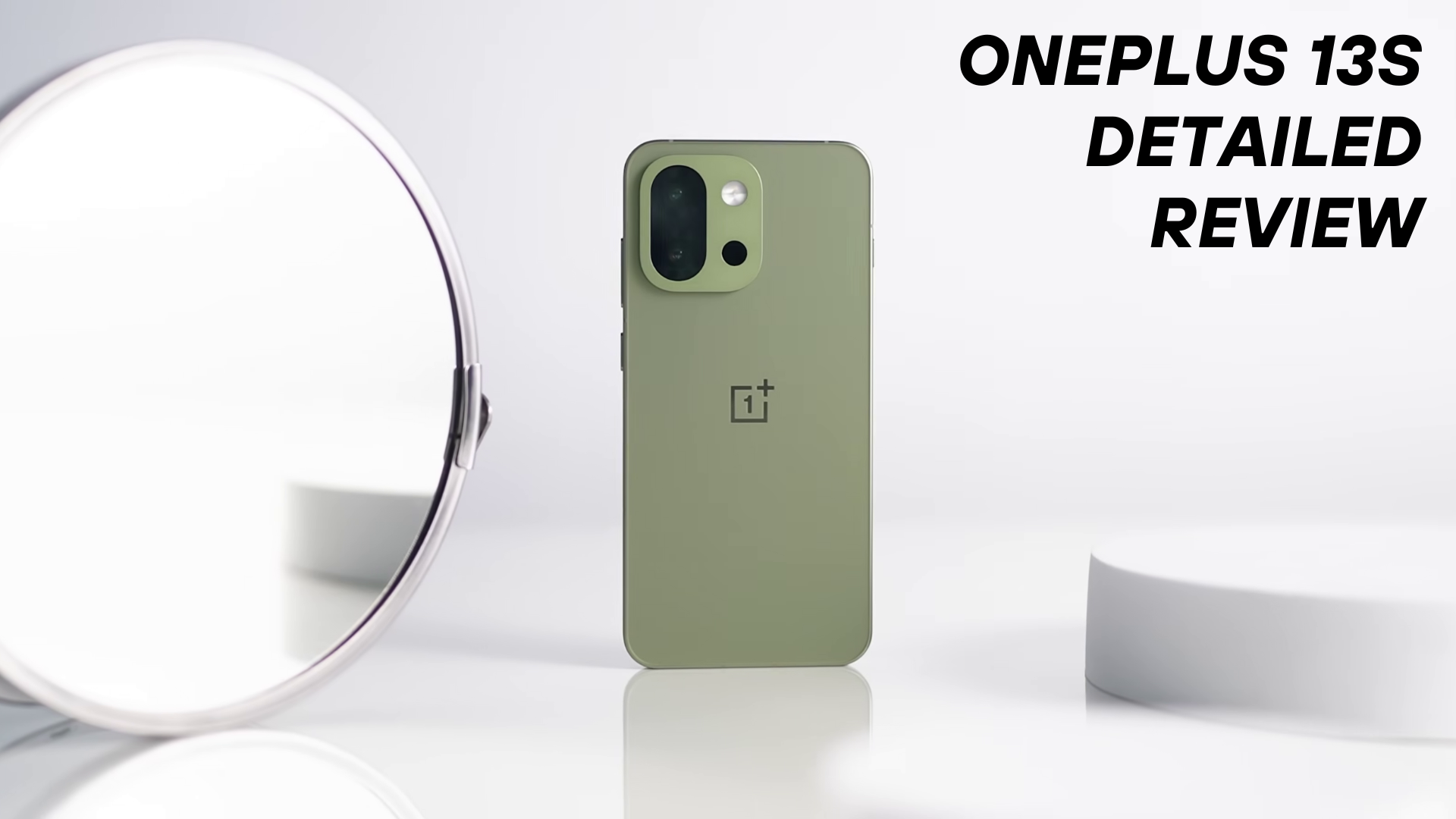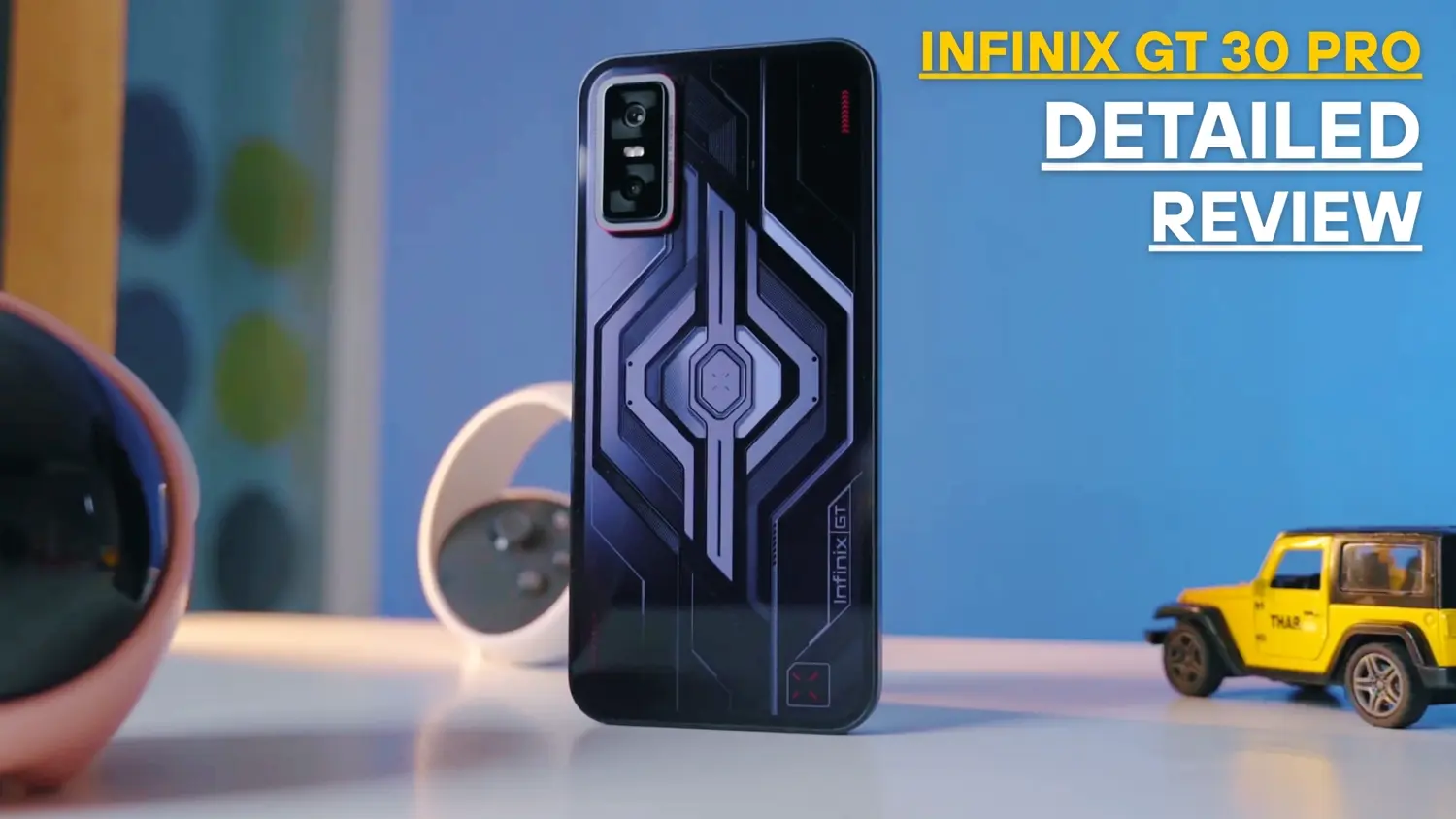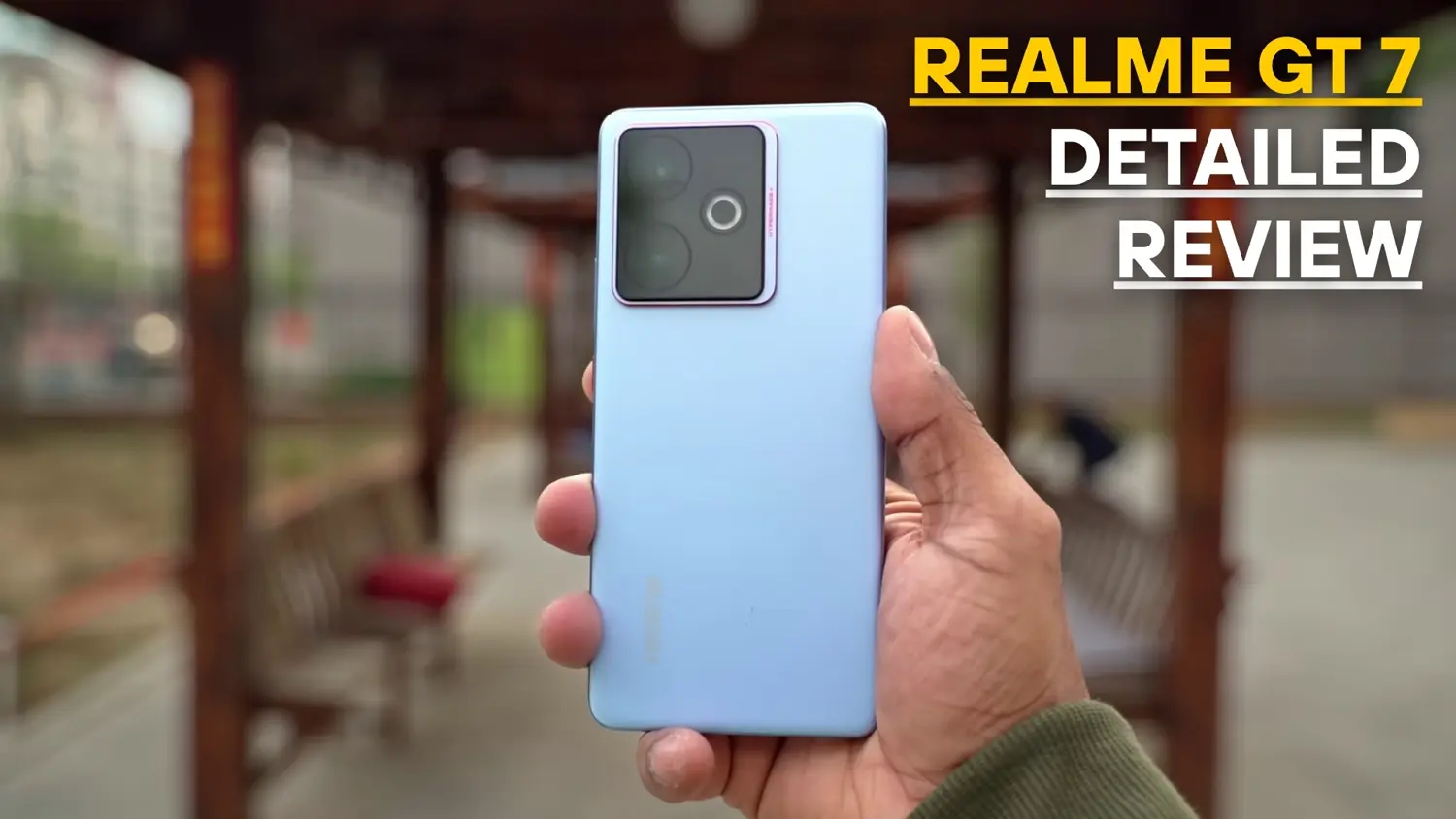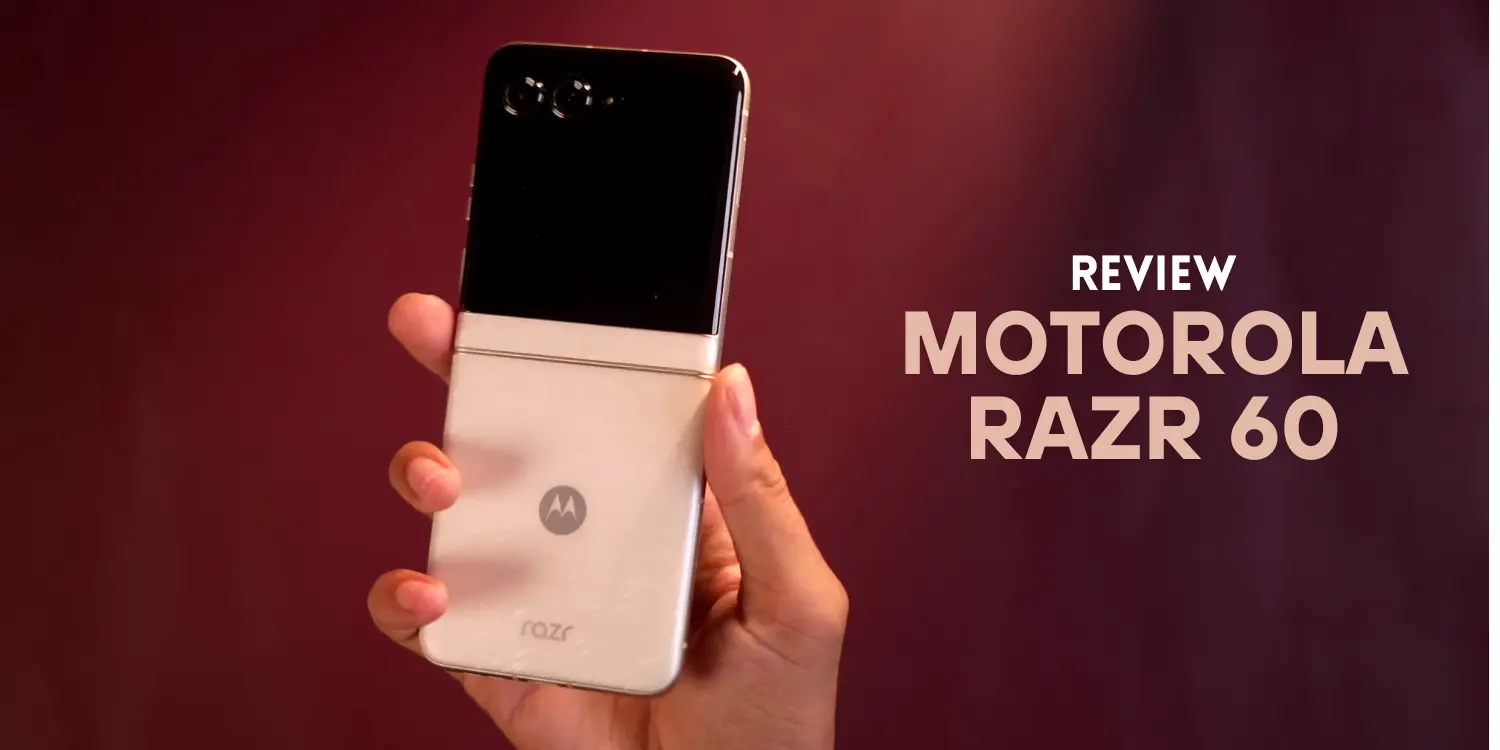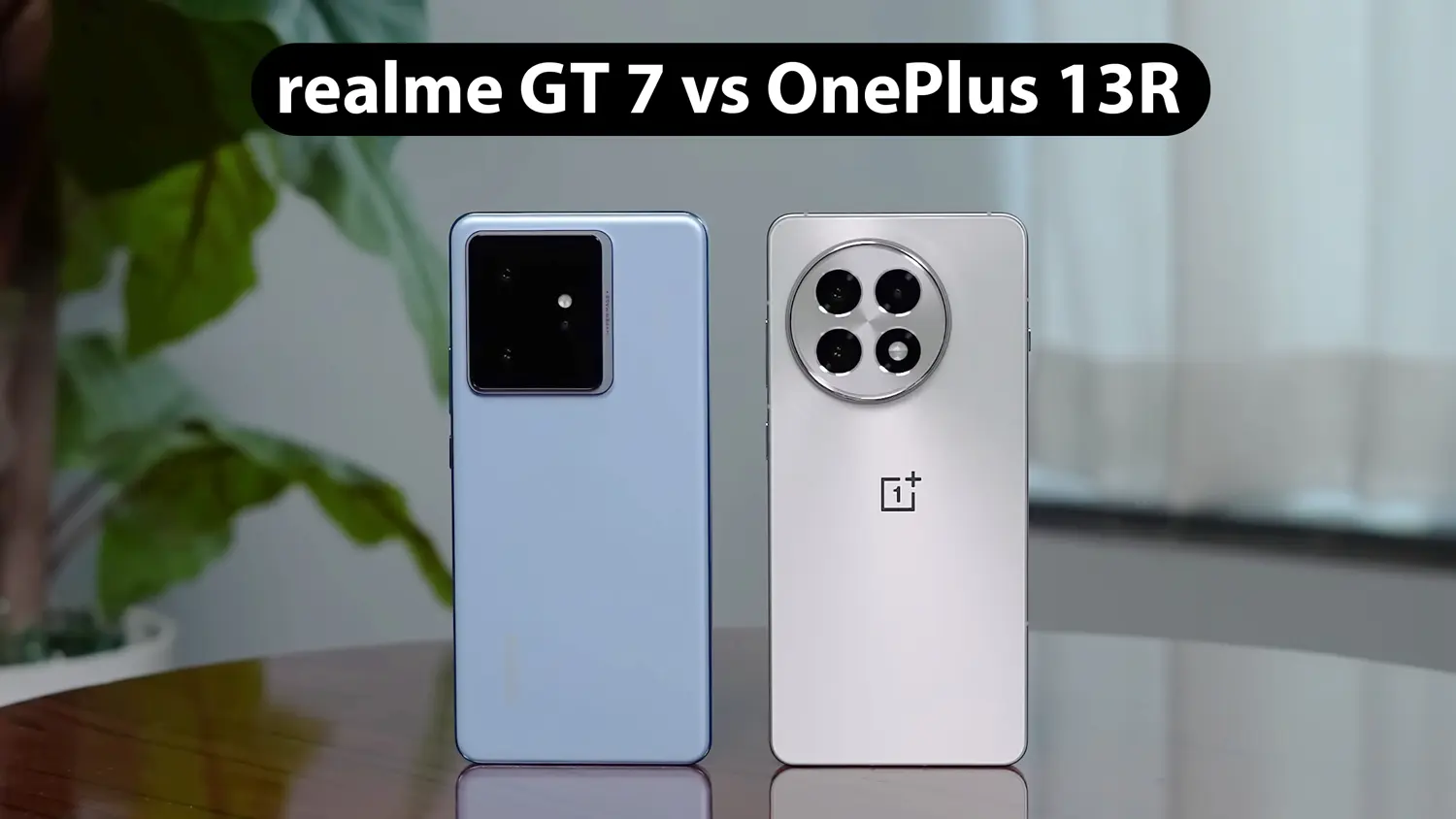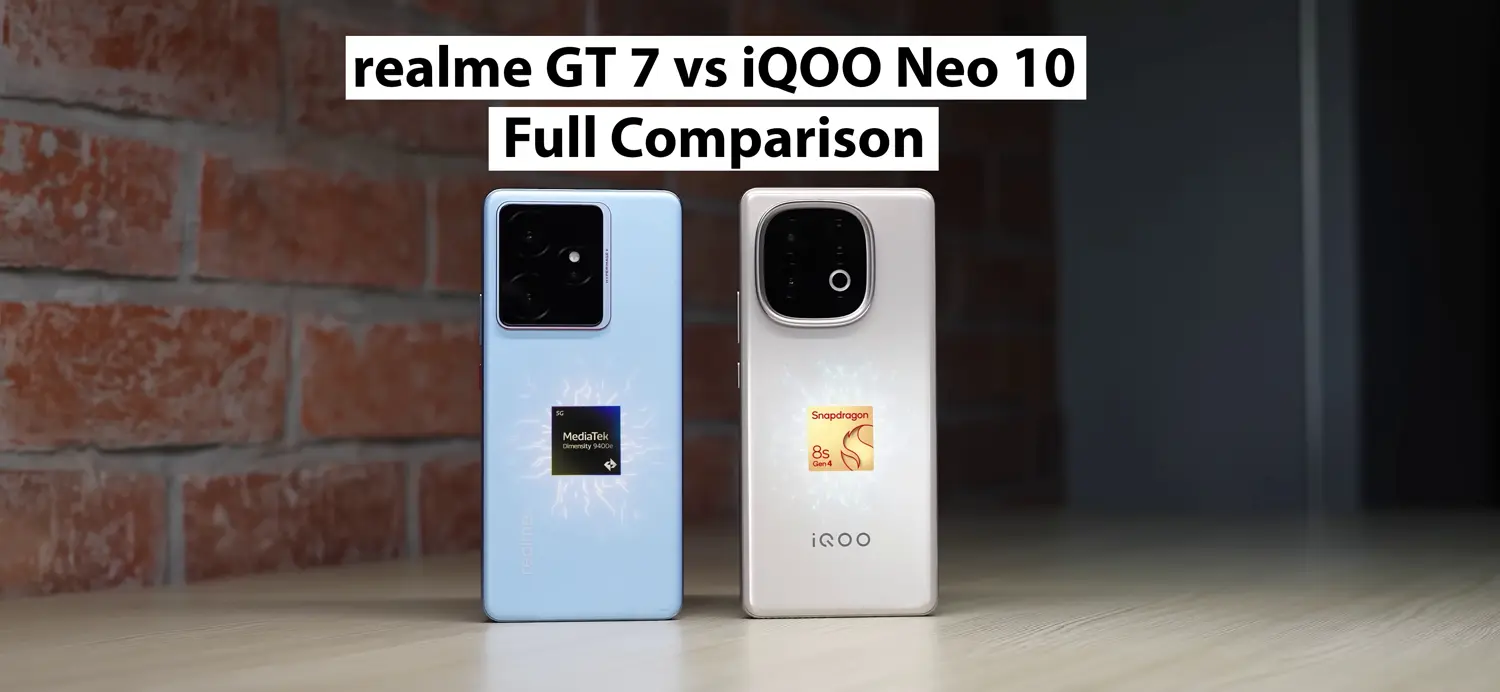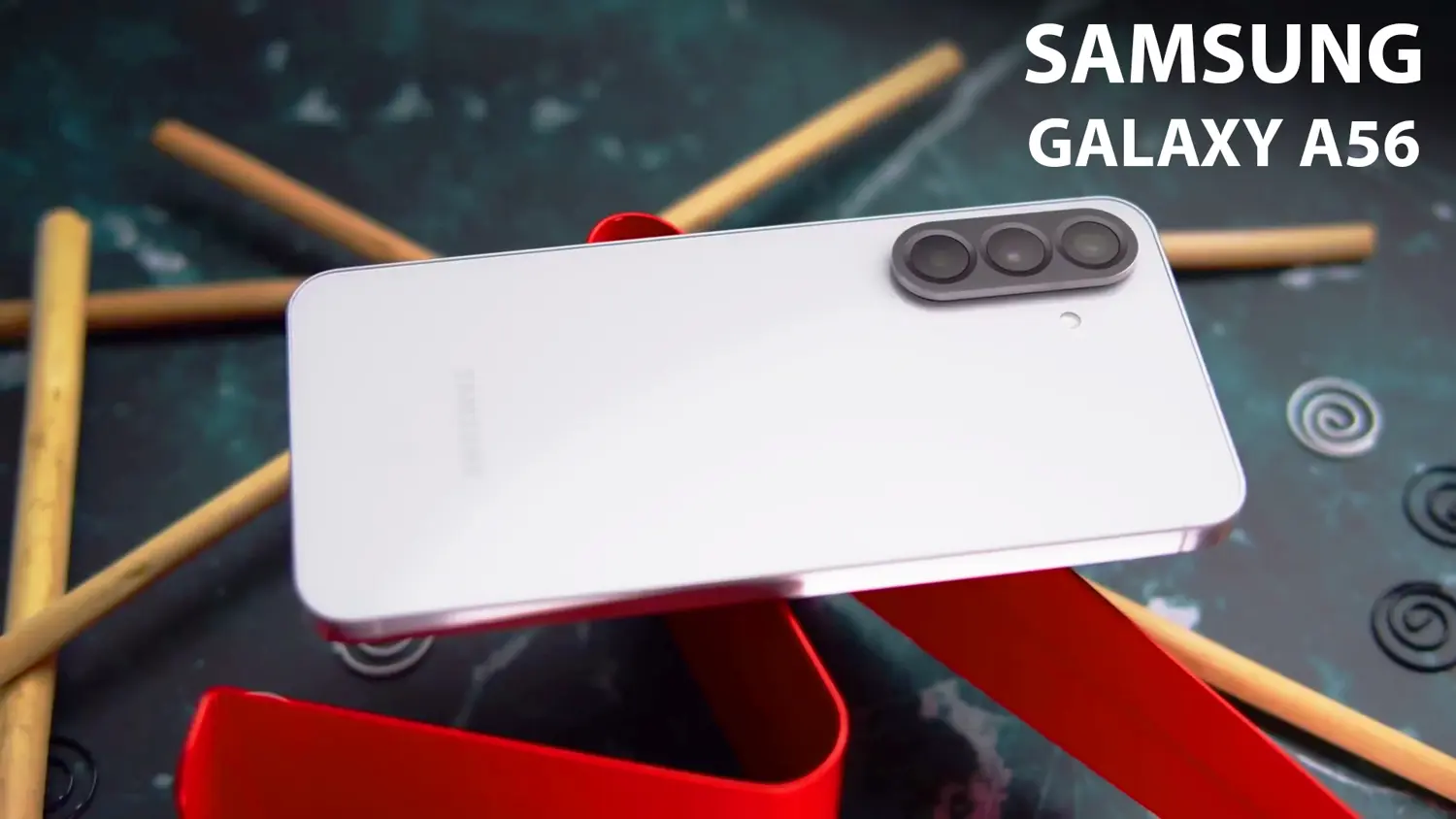The Oppo K13, priced around ₹17,000, is a budget-friendly smartphone that promises a lot with its massive battery, decent performance, and vibrant display. After using it for seven days, I’ve got a clear picture of what this phone offers, its strengths, and where it falls short. If you’re wondering whether the Oppo K13 is worth buying or how it stacks up in the crowded sub-₹20,000 segment, this detailed review will help you decide. From design and display to performance and battery life, here’s everything you need to know about the Oppo K13.
Design and Build: Stylish but Not the Most Premium
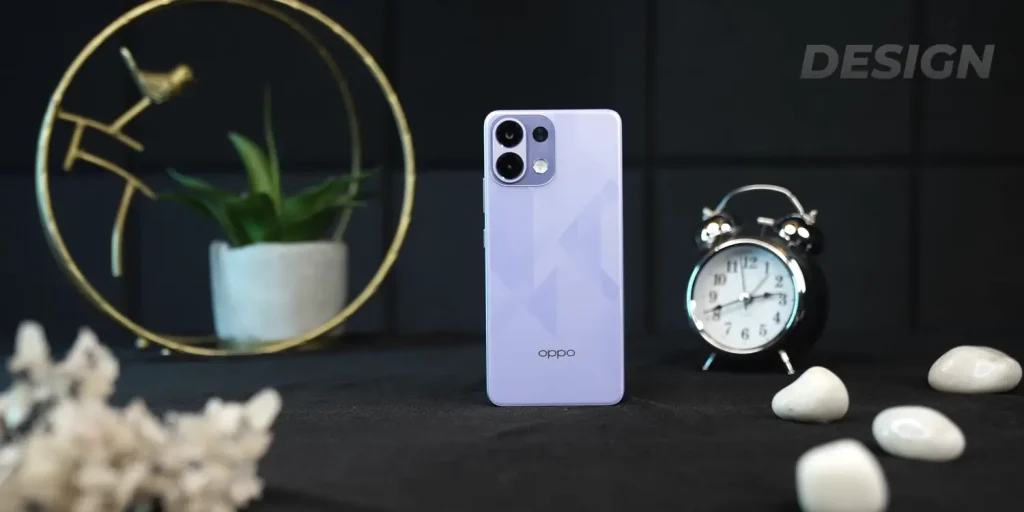
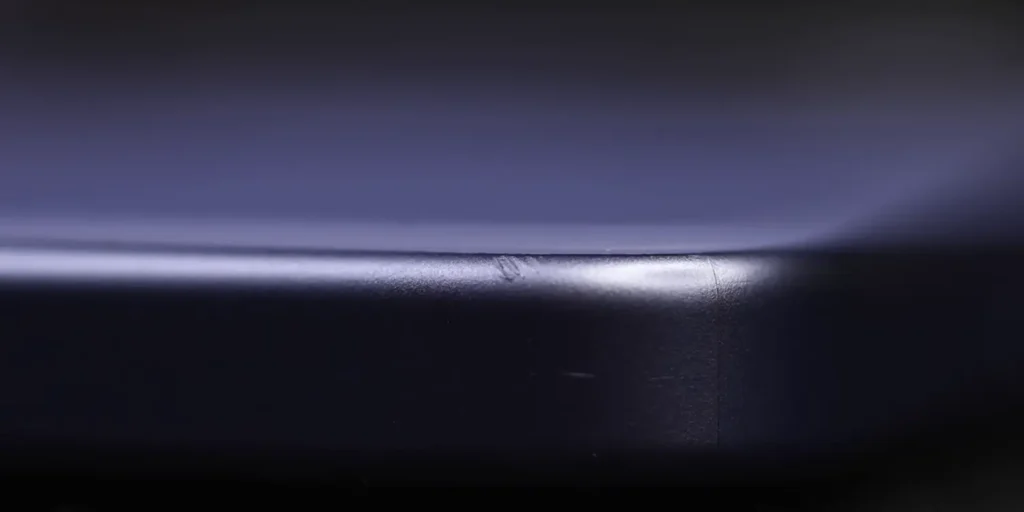
The Oppo K13 has a modern design that doesn’t feel outdated. The camera module, in particular, stands out as something we might see in upcoming Oppo or OnePlus phones, ensuring the phone stays relevant for at least a year. The back panel has a unique pattern that hides minor scratches, which is great for daily use. After using the phone without a case for seven days, I noticed no dents or major damage, though the frame did pick up some minor scratches. This suggests decent durability for regular use, but a case is recommended for extra protection.
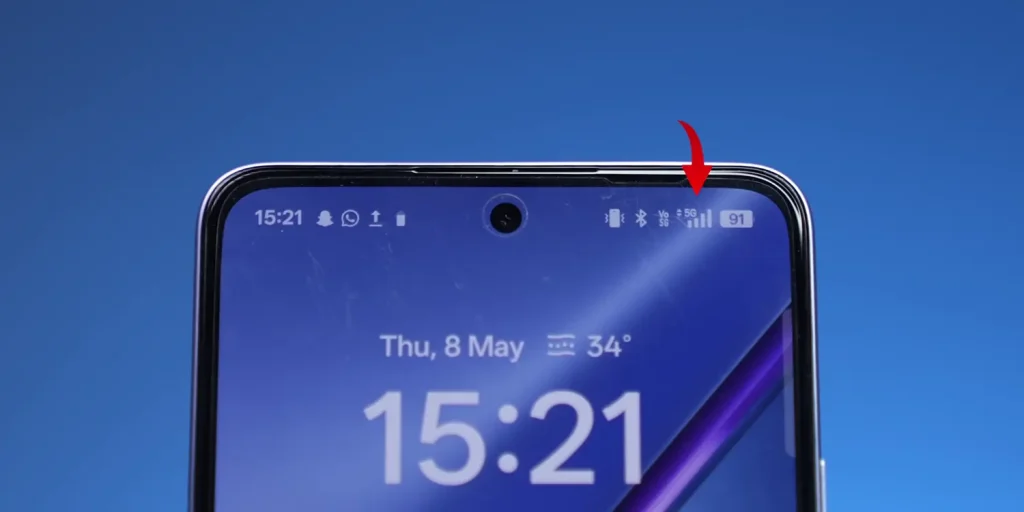
However, the in-hand feel isn’t the most premium in this price range. Compared to something like the Infinix Note 50s, which feels more luxurious for a similar price, the Oppo K13’s build quality is functional but not exceptional. The phone feels sturdy, and the basics—like the fingerprint sensor and haptic feedback—are solid for the price. I also tested the phone with Jio 5G in New Delhi and faced no network or data speed issues, which is a big plus for connectivity.
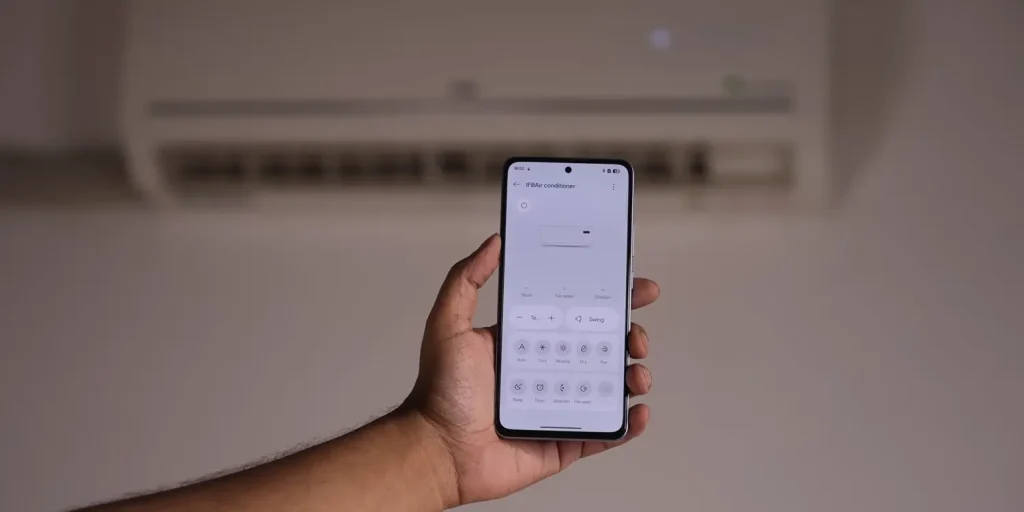
One unique feature is the IR blaster, which can turn the phone into a remote for various devices. While I didn’t use it during my seven days, it’s a handy addition for some users. Overall, the design is practical and modern, but a case can elevate the in-hand experience if premium feel matters to you.
Display: A Fantastic Viewing Experience


The Oppo K13’s display is one of its strongest features. I watched Mission Impossible 4 on Jio Hotstar, and the experience was surprisingly good for a phone in this segment. The color tuning is spot-on, and the display delivers vibrant visuals without looking oversaturated. For a ₹17,000 phone, the display quality is fantastic, making it great for streaming, gaming, or casual browsing.
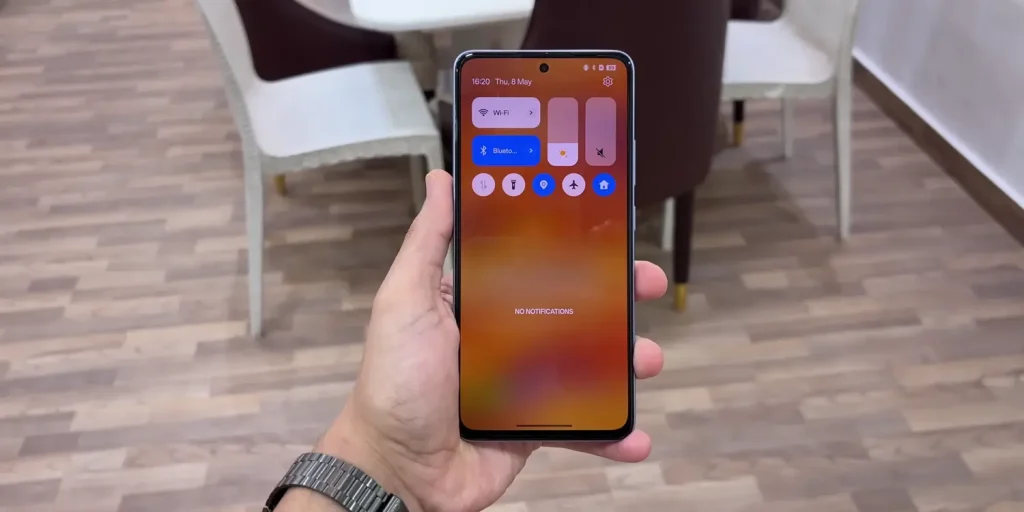
Outdoor visibility is also impressive. I used the phone in bright sunlight and had no trouble seeing the screen. However, the auto-brightness sensor is a bit slow. It takes about a second to adjust when moving between rooms or stepping outdoors, which can be slightly annoying. Still, this is a minor issue, and the overall display performance is a big win for the Oppo K13.
Battery Life: A True Highlight
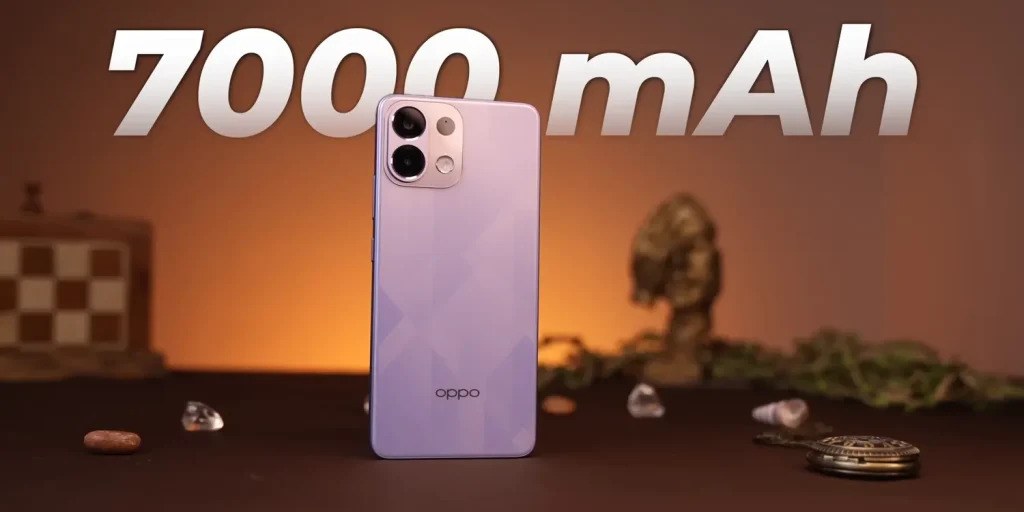
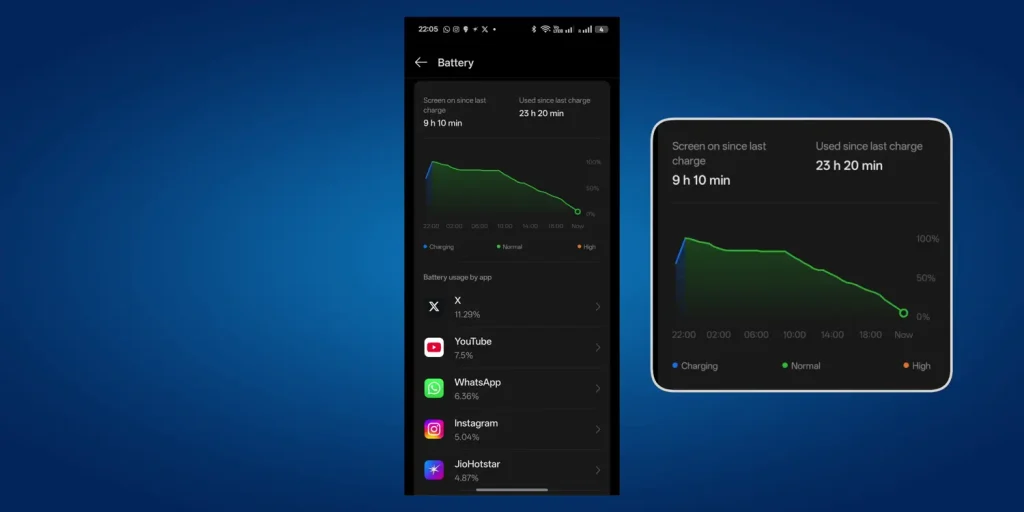
The Oppo K13’s 7,000mAh battery is its biggest selling point. In my seven days of use, the battery life was nothing short of phenomenal. On heavy usage days—think gaming, streaming, and social media—the phone delivered around 9 hours and 10 minutes of screen-on time. On lighter days with casual browsing and calls, it stretched to an incredible 10 hours. This kind of battery backup is rare in the sub-₹20,000 segment and makes the Oppo K13 a great choice for users who need a phone that lasts.
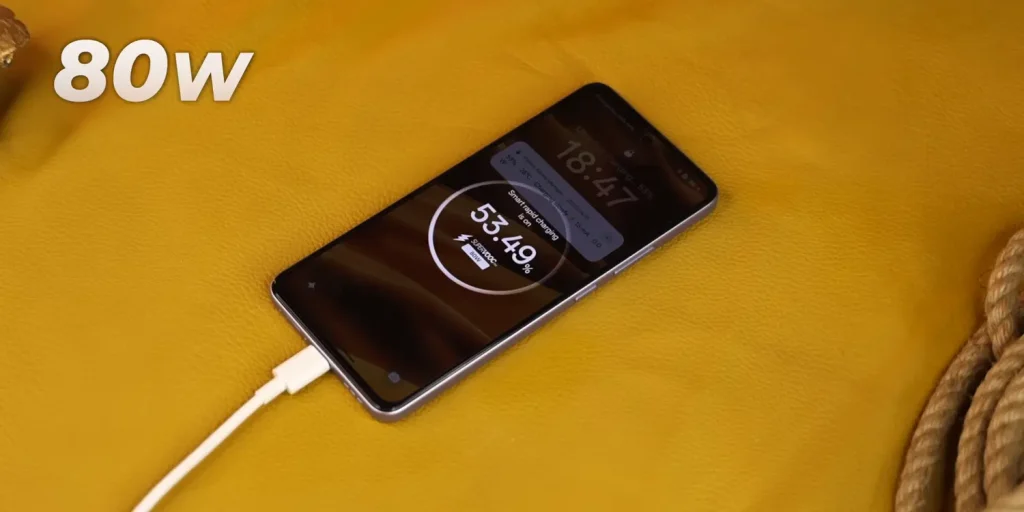
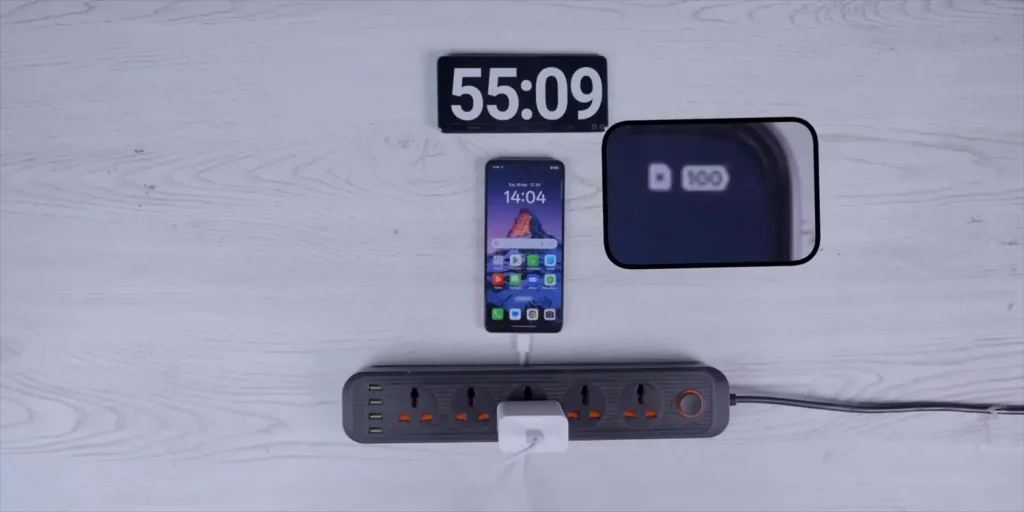
Charging is equally impressive, with 80W fast charging that takes the phone from 5% to 100% in just 55 minutes. This combination of a massive battery and fast charging is a game-changer, especially for students, professionals, or even parents who need a reliable phone that doesn’t need constant charging. If you’re looking for a phone that can last two days on light usage, the Oppo K13 won’t disappoint.
Performance: Smooth and Reliable
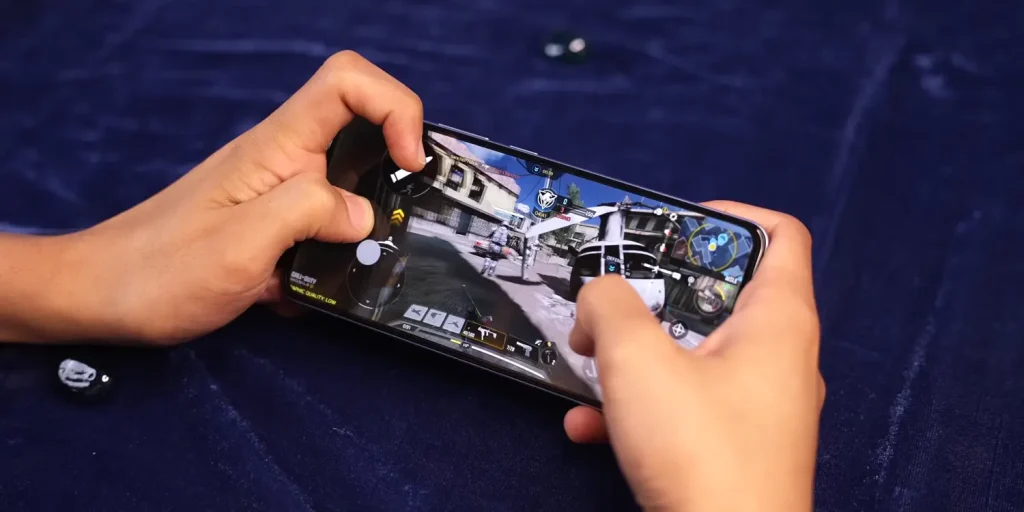
The Oppo K13 is powered by the Snapdragon 6 Gen 4 processor, paired with UFS 3.1 storage—a significant upgrade over the UFS 2.2 storage found in most phones under ₹20,000. This makes a noticeable difference in performance. Unlike the Realme P3 (which uses the same processor but UFS 2.2 storage and had occasional stutters), the Oppo K13 feels smooth and lag-free, even when multitasking or switching between apps.
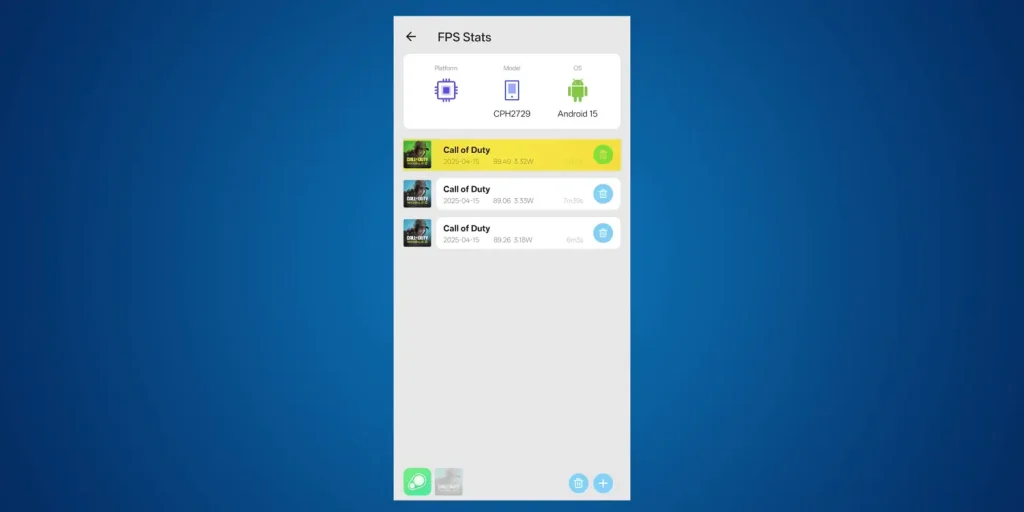
I also tested gaming performance, and the phone handled Call of Duty Mobile well, delivering an average of 89 FPS with minimal heating. This makes it a solid choice for casual gamers. Compared to the CMF Phone 2 Pro (which has UFS 2.2 storage and feels slightly sluggish), the Oppo K13’s performance is clearly better, thanks to the faster storage.
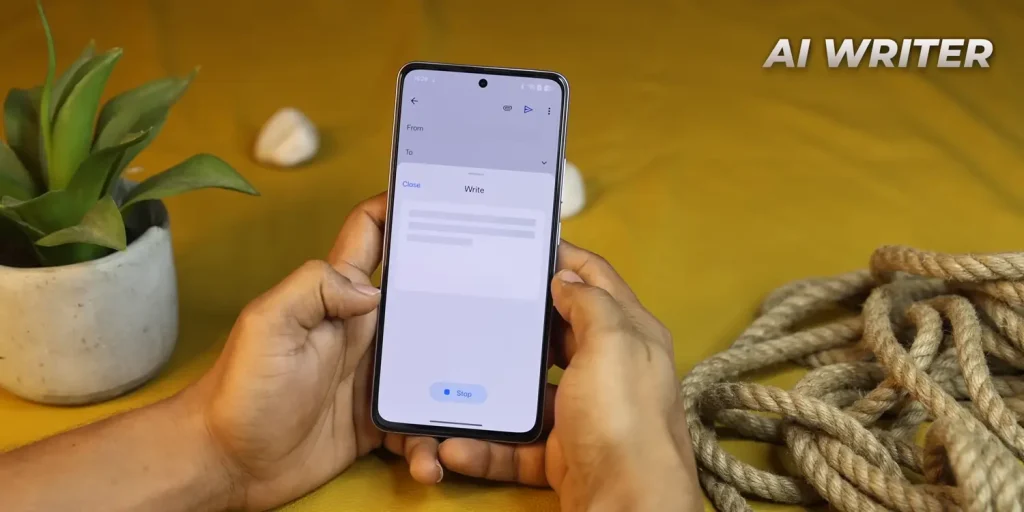
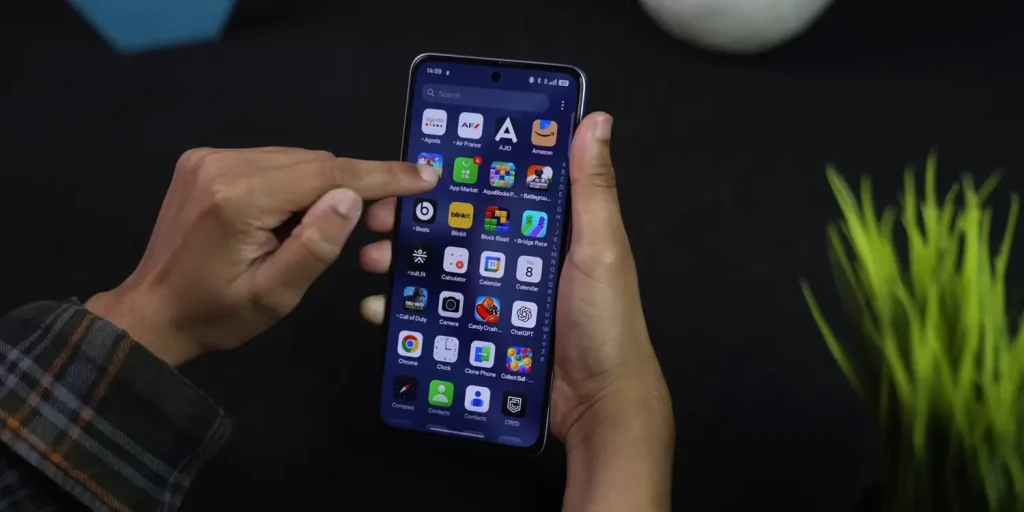
The software experience is another highlight. Running on Oppo’s ColorOS, the phone offers smooth animations and a stable experience with no glitches or bugs during my testing. However, there are quite a few pre-installed apps, which took some time to uninstall. Once cleaned up, the software feels polished, with useful AI features like the AI Eraser (for removing reflections) and AI Writer (for composing or summarizing messages and notes). The default dialer also supports call recording with summarization, which is a practical addition.
Camera: Decent but Not the Best
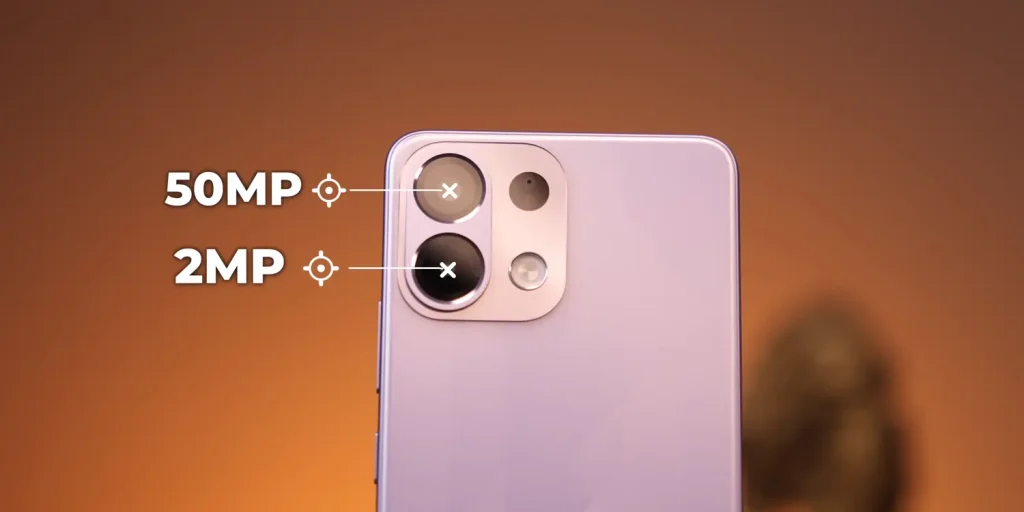
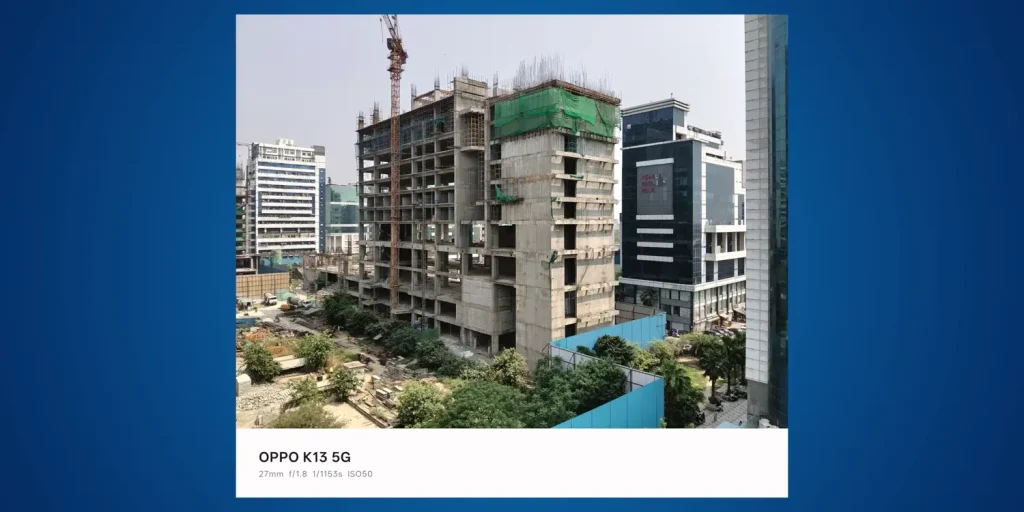

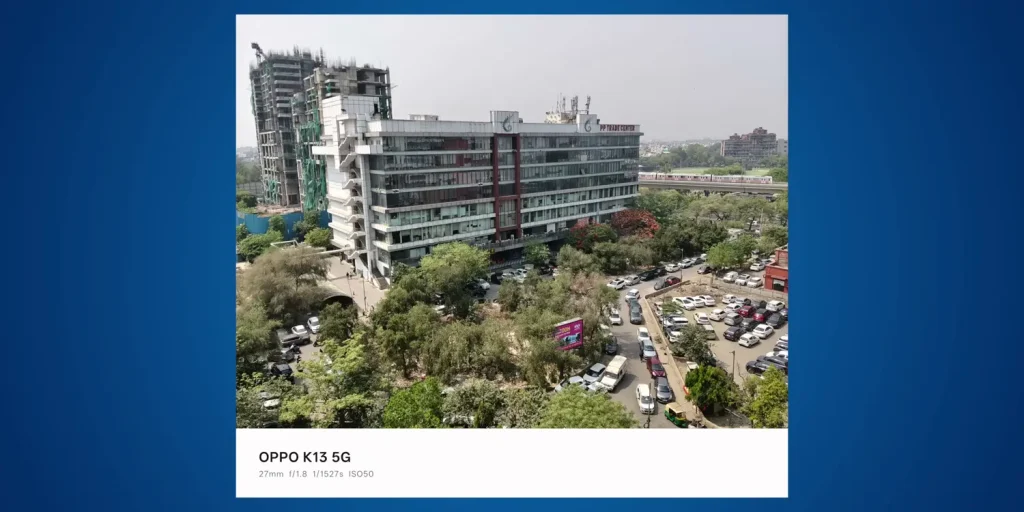
The Oppo K13 comes with a 50MP + 2MP rear camera setup and a 16MP front camera. In good lighting, the main camera produces vibrant and well-processed photos, with accurate colors and decent detail. Portrait shots in daylight are also impressive, thanks to Oppo’s solid image processing. The front camera delivers good selfies, making it reliable for video calls or social media.
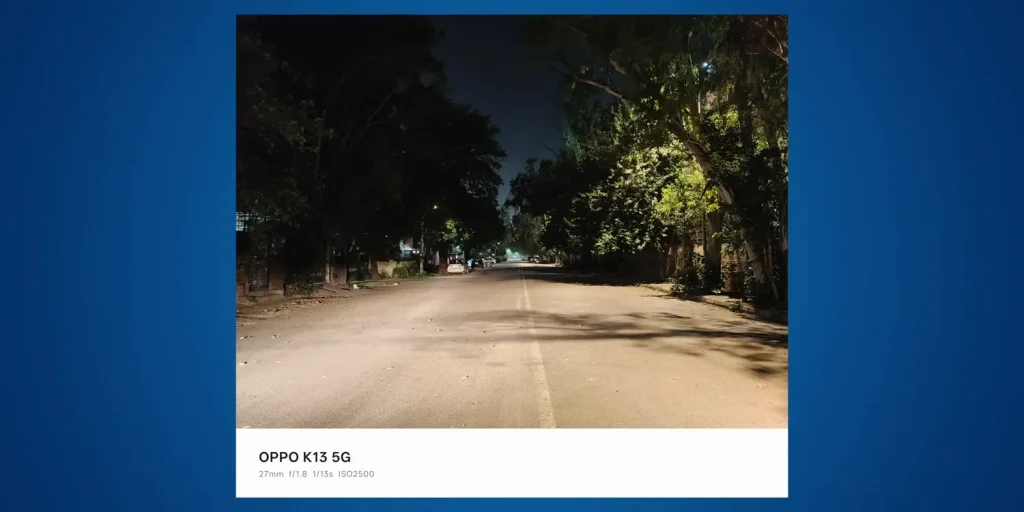
However, the camera struggles in low-light conditions due to its relatively small sensor size. Photos taken in dim lighting lack sharpness and detail, which is a noticeable drawback. The zoom option in portrait mode also doesn’t deliver great results, so it’s best to stick to standard shots. Video quality, as expected in this price range, is average and not a strong suit.
While the camera isn’t bad, it’s not the Oppo K13’s strongest feature. If photography is your priority, you might want to explore other options in this segment. For casual users, though, the camera is good enough for everyday use.
Specifications Table
| Feature | Details |
|---|---|
| Display | 6.7-inch AMOLED, Full HD+, 120Hz refresh rate |
| Processor | Qualcomm Snapdragon 6 Gen 4 |
| Storage | UFS 3.1 (128GB/256GB variants) |
| RAM | 6GB/8GB |
| Rear Camera | 50MP (main) + 2MP (depth) |
| Front Camera | 16MP |
| Battery | 7,000mAh, 80W fast charging |
| Operating System | ColorOS based on Android 14 |
| Connectivity | 5G, Wi-Fi, Bluetooth 5.2, IR blaster |
| Build | Plastic frame, glass back with scratch-resistant pattern |
Should You Buy the Oppo K13?
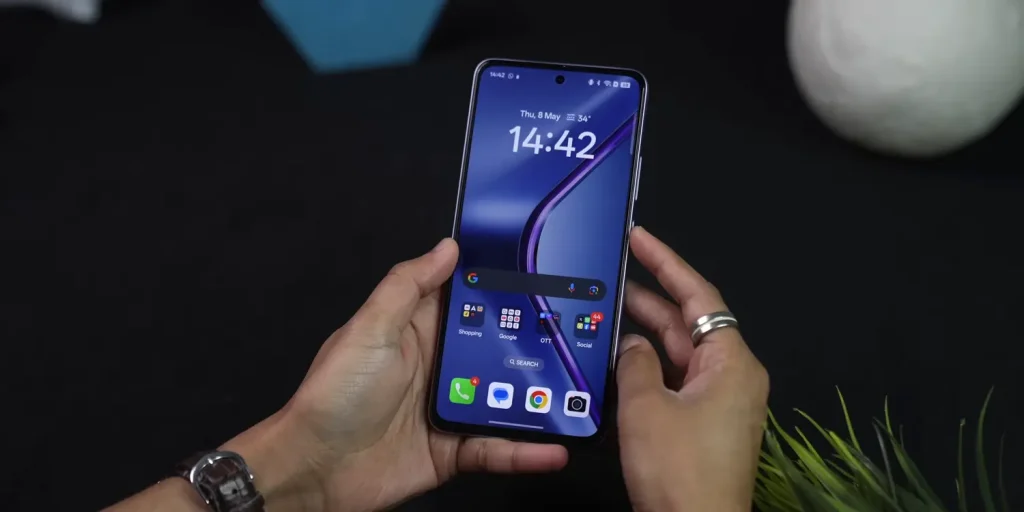
After seven days of use, the Oppo K13 stands out as a well-rounded smartphone in the sub-₹20,000 segment. Its massive 7,000mAh battery, paired with 80W fast charging, is perfect for users who need long-lasting performance. The vibrant AMOLED display makes it great for watching movies or playing games, while the Snapdragon 6 Gen 4 processor and UFS 3.1 storage ensure smooth performance for daily tasks and casual gaming. The software is stable and feature-rich, with useful AI tools that add value.
However, the camera is average, especially in low light, and the in-hand feel isn’t as premium as some competitors. If you’re a photography enthusiast or want a phone that feels luxurious, you might want to consider alternatives like the Infinix Note 50s. But for most users—especially students, professionals, or parents looking for a reliable, long-lasting phone—the Oppo K13 is a fantastic choice.
Pros
- Exceptional 7,000mAh battery with 80W fast charging
- Vibrant AMOLED display with good outdoor visibility
- Smooth performance with UFS 3.1 storage
- Stable software with useful AI features
- Modern design with decent durability
Cons
- Camera struggles in low light
- In-hand feel could be more premium
- Auto-brightness sensor is slightly slow
- Too many pre-installed apps
Is the Oppo K13 Worth It?
At ₹17,000, the Oppo K13 offers excellent value for money. It nails the essentials—battery life, display, and performance—making it a great pick for anyone who wants a dependable smartphone without breaking the bank. While the camera and build quality aren’t the best in class, they’re good enough for most users. If you prioritize battery life and smooth performance over everything else, the Oppo K13 is definitely worth buying.
Whether you’re a student juggling classes and gaming, a professional needing a phone that lasts all day, or someone buying a phone for their parents, the Oppo K13 fits the bill. It’s not perfect, but it’s one of the best options in its price range. If you’ve used the Oppo K13, share your thoughts in the comments—I’d love to hear your experience!
